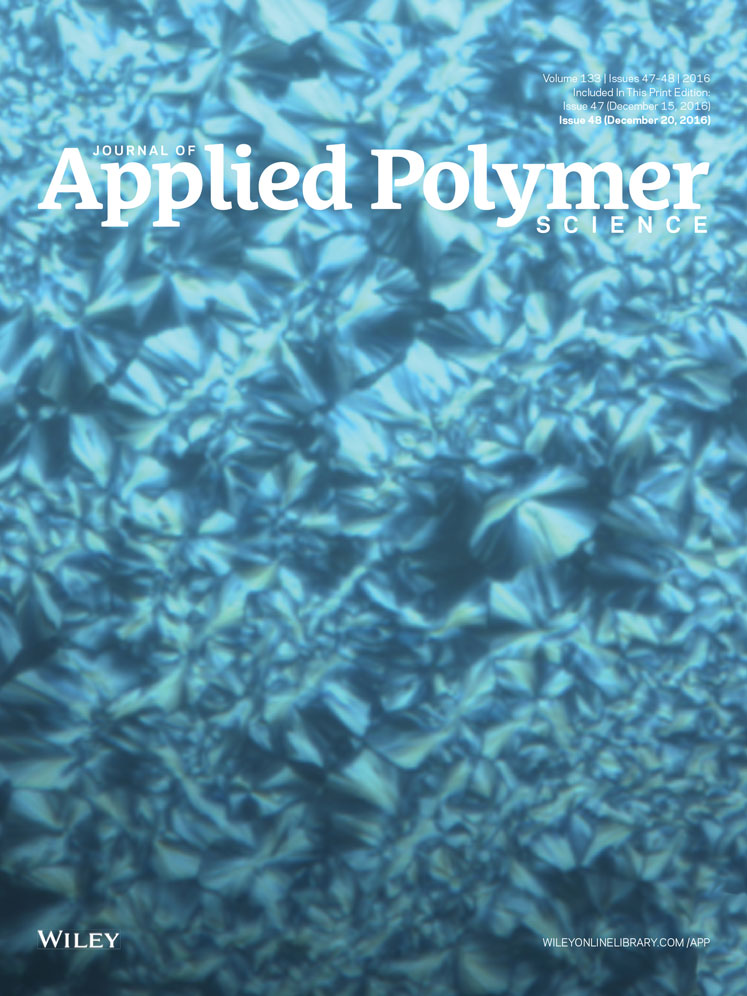Effects of polymerization conditions on particle size distribution in styrene-graphite suspension polymerization process
ABSTRACT
Suspension polymerization in the presence of graphite has been studied in order to determine the effects of some operational parameters on the particle size distribution (PSD). The results showed that, with increasing graphite content, the particle size of the polystyrene/graphite (PS/G) beads increased. Moreover, instability of the suspension polymerization system was found at high amounts of graphite. With increasing initiator concentration, the particle size of the polymer beads increased and the PSD became slightly narrower. Changing the concentration of the suspending agent proved to be an efficient way of controlling the particle size, although its increase led to a broadening of the PSD. Adding the suspending agent in two portions at different times decreased the particle size, maintained a lower concentration of suspending agent, and kept the suspension polymerization system stable. Adjusting the stirring speed proved to be a very efficient means of manipulating the PSD of the PS/G composite beads. The Sauter mean diameter decreased and the PSD was broadened with increasing stirring speed; 400 rpm was identified as an appropriate value to obtain polystyrene/graphite beads with desirable particle size and distribution. © 2016 Wiley Periodicals, Inc. J. Appl. Polym. Sci. 2016, 133, 44270.




